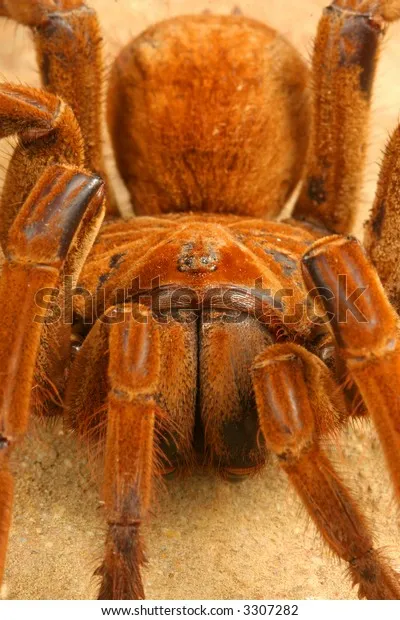Creating the perfect habitat for a Goliath Birdeater tarantula is crucial for its health, well-being, and longevity. These magnificent creatures, the largest tarantula species in the world, require specific environmental conditions to thrive. This comprehensive guide will walk you through every step of setting up and maintaining a paradise-like environment for your Goliath Birdeater. From choosing the right enclosure to providing the ideal temperature and humidity, we’ll cover everything you need to know to ensure your tarantula lives a long, happy, and healthy life. Understanding these needs is paramount to responsible tarantula ownership, and this guide serves as your starting point.
Choosing the Right Enclosure
The enclosure is the foundation of your Goliath Birdeater’s habitat. Selecting the right one is the first and most critical step. The size, material, and design of the enclosure will significantly impact your tarantula’s ability to thrive. A poorly chosen enclosure can lead to stress, health issues, and even premature death. The ideal enclosure provides ample space for movement, allows for proper ventilation, and is easy to maintain. Consider your space for the enclosure and remember that bigger is usually better, providing your Goliath Birdeater with enough room to grow and roam within their environment, ensuring they have a comfortable and stimulating place to live.
Size Matters Selecting the Perfect Habitat
The size of the enclosure should be proportional to the size of your Goliath Birdeater. As a general rule, the enclosure should be at least three times the leg span of your tarantula in width and length, with sufficient height to allow for substrate depth and the tarantula to move around freely. For a fully grown Goliath Birdeater, which can have a leg span of up to 12 inches, a minimum enclosure size of 24x18x18 inches is recommended. This provides enough space for the tarantula to roam, hunt, and exhibit natural behaviors. A cramped environment can lead to stress and negatively impact your tarantula’s quality of life, while a well-sized enclosure will provide a comfortable and enriching home, allowing your Goliath Birdeater to flourish.
Glass Terrariums Pros and Cons
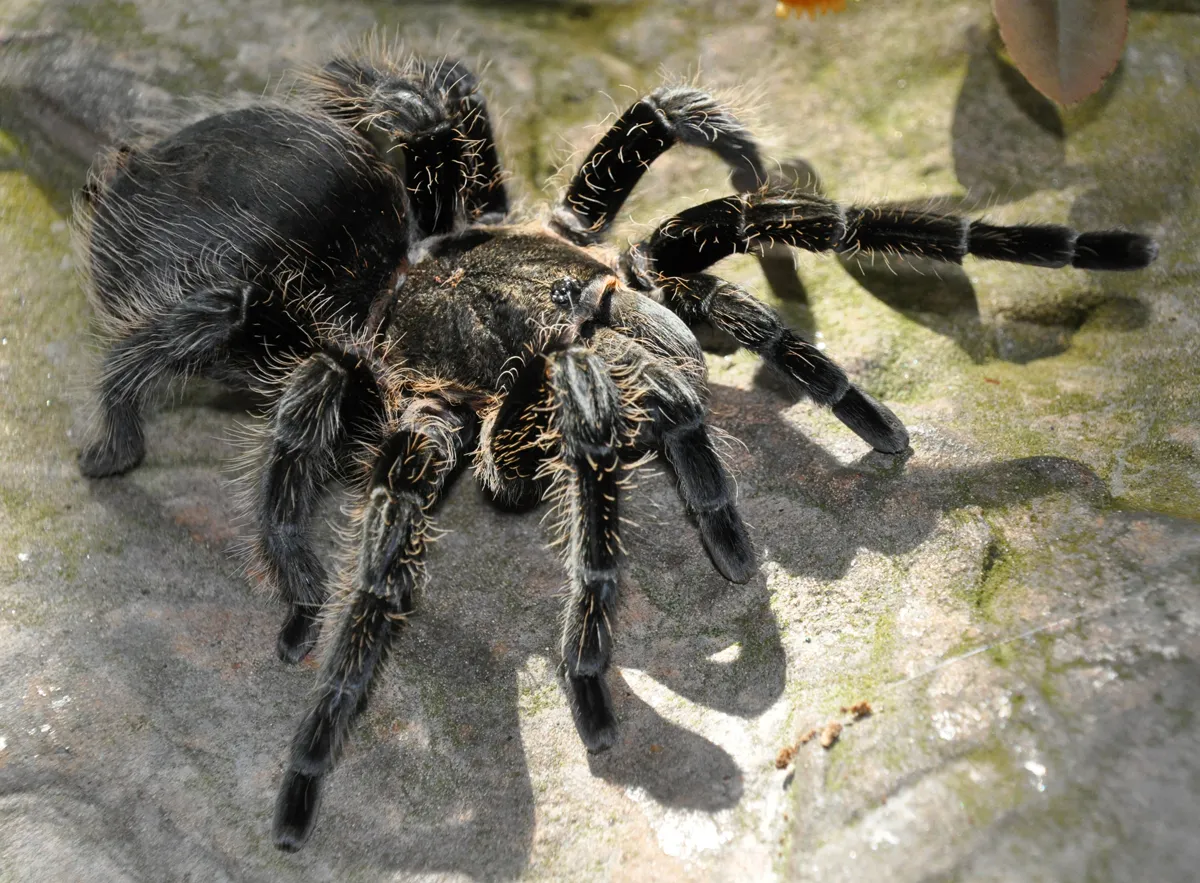
Glass terrariums are a popular choice for tarantula enclosures due to their aesthetic appeal and ease of viewing. They provide clear visibility, allowing you to observe your Goliath Birdeater’s behavior. Glass is also relatively easy to clean and disinfect. However, glass terrariums can be heavy and fragile. They also tend to retain heat, which can be a disadvantage if you live in a warm climate and struggle to regulate temperature. Furthermore, glass can sometimes make it difficult to maintain humidity levels because it does not allow air to pass through, leading to stagnant conditions if ventilation is not optimal. Make sure to provide good ventilation.
Acrylic Enclosures Benefits and Drawbacks
Acrylic enclosures offer several advantages over glass. They are lighter, more durable, and less prone to shattering. Acrylic also provides excellent insulation, helping to maintain a stable temperature within the enclosure. Another benefit is that acrylic is often more customizable, allowing for various ventilation options and designs. However, acrylic can scratch more easily than glass, and some acrylic enclosures may cloud over time. While visibility is good, it might not be as clear as glass, and the initial cost can sometimes be higher. Choosing acrylic can still prove to be a great choice to maintain ideal conditions.
Ventilation Importance
Proper ventilation is crucial for the health of your Goliath Birdeater. It helps to regulate humidity, prevent mold growth, and provide fresh air. Enclosures should have a ventilation system that allows for airflow without compromising humidity levels. Ventilation can be achieved through strategically placed vents, screens, or mesh tops. The ventilation should be designed to prevent drafts and allow for a gentle exchange of air. Insufficient ventilation can lead to a buildup of harmful gases and create an environment conducive to bacterial and fungal growth, which can be detrimental to your tarantula’s health. Therefore, proper ventilation is an essential element when designing a habitat.
Substrate Selection for Goliath Birdeaters
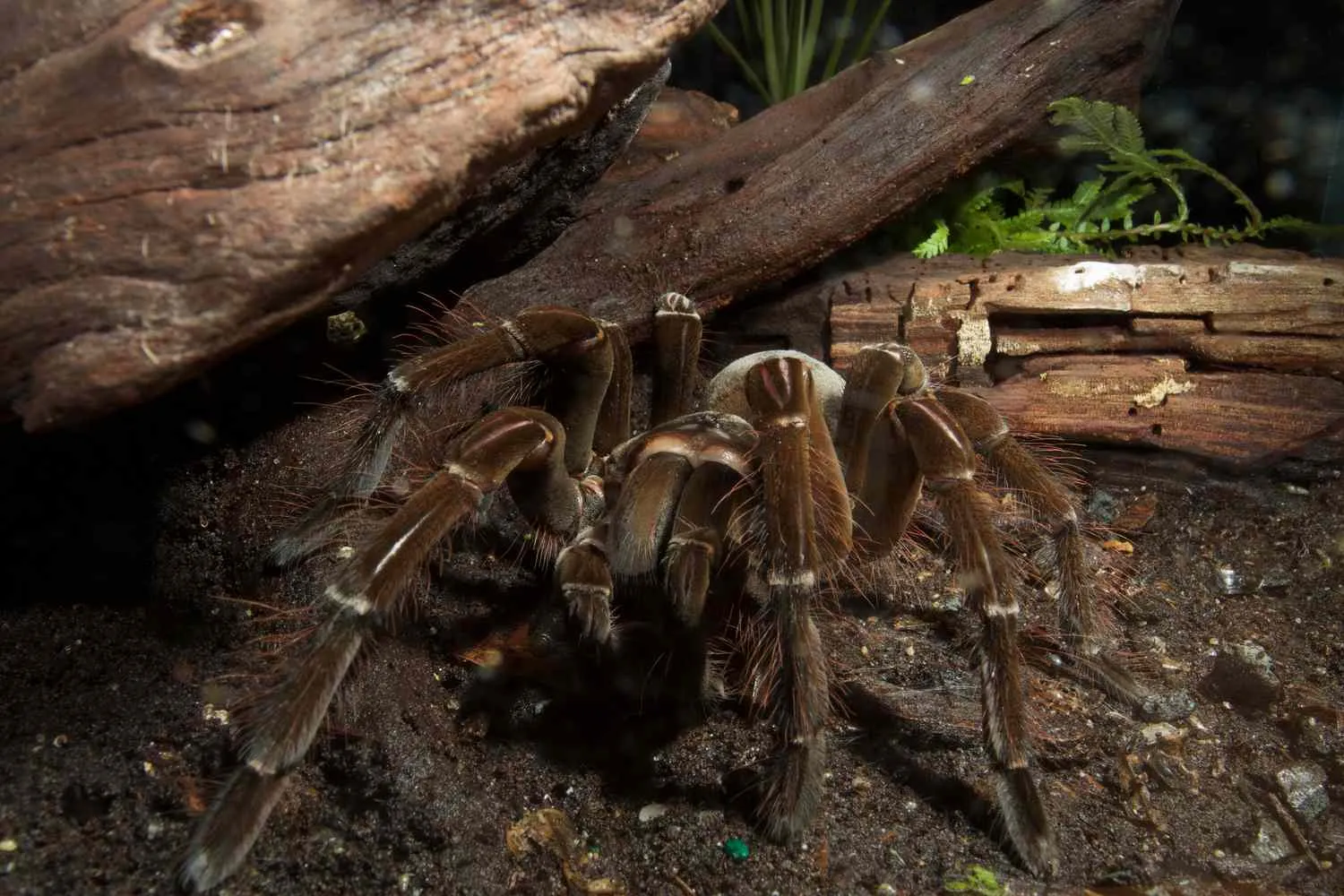
The substrate is the bedding material in your Goliath Birdeater’s habitat. It serves multiple purposes, including providing a surface for the tarantula to walk on, burrow in, and providing a medium for maintaining humidity. The right substrate will contribute significantly to the overall health and comfort of your tarantula. Choosing the correct substrate is vital for creating a natural and beneficial environment. Incorrect choices can lead to various health issues, including respiratory problems and difficulty molting. Therefore, careful consideration of substrate composition, depth, and maintenance is essential.
Ideal Substrate Composition
A good substrate for a Goliath Birdeater should be able to retain moisture while also allowing for good drainage and aeration. A mixture of coco fiber, peat moss, and a small amount of sphagnum moss is often recommended. Coco fiber provides excellent moisture retention, while peat moss helps to acidify the substrate, which can help prevent mold growth. Sphagnum moss adds to the humidity and provides a natural look. Avoid substrates that contain cedar or pine, as these woods contain oils that are toxic to tarantulas. The substrate should be free of pesticides and other chemicals that could harm your pet. Choose a substrate that’s natural and safe.
Maintaining Humidity Levels
Goliath Birdeaters require a relatively high humidity level to molt successfully and maintain their health. Humidity can be maintained by regularly misting the substrate with dechlorinated water, ensuring the substrate is slightly moist but not waterlogged. The humidity level should ideally be between 70-80%. Using a hygrometer to monitor humidity levels is highly recommended. Poor humidity levels can cause molting problems, dehydration, and other health issues. Proper humidity is critical, especially during the molting process, as it helps the tarantula shed its exoskeleton. Therefore, regular monitoring and adjustment are vital aspects of maintaining your Goliath Birdeater’s habitat.
Substrate Depth Considerations
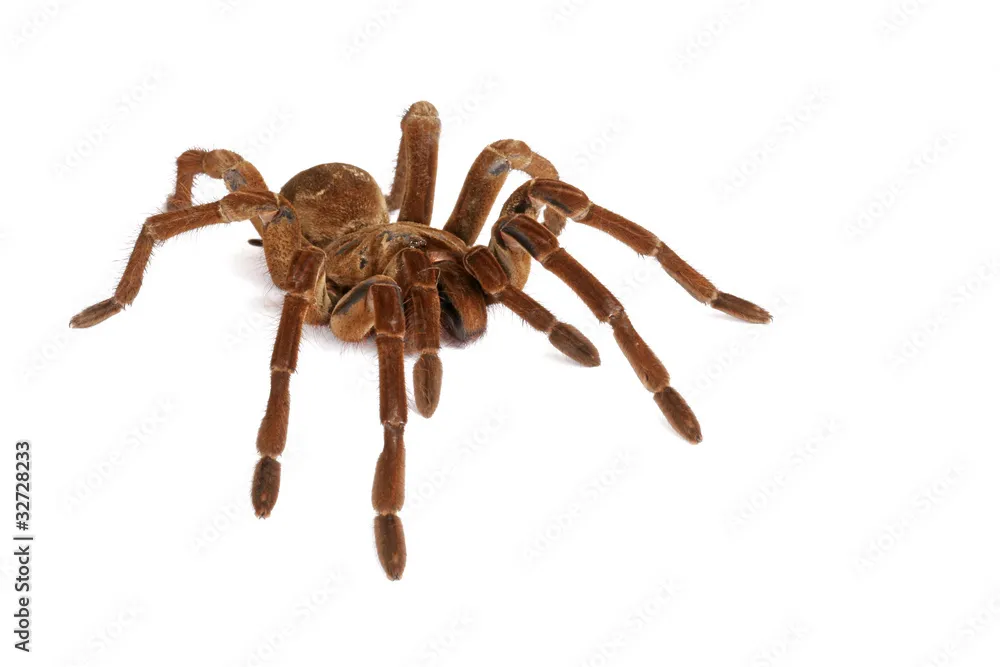
The depth of the substrate should allow your Goliath Birdeater to burrow if it chooses. A substrate depth of at least 6-8 inches is recommended, especially for juveniles and sub-adults. This depth allows the tarantula to create a secure burrow, which is a natural behavior. The substrate depth also helps to maintain humidity by preventing the substrate from drying out too quickly. Ensure that the substrate is compacted slightly to provide a stable base for the tarantula. Deeper substrate allows for a more stable temperature gradient within the enclosure. The depth is a factor in maintaining the overall health and well-being of your Goliath Birdeater.
Creating the Perfect Temperature
Temperature is another critical factor in maintaining a healthy habitat for your Goliath Birdeater. These tarantulas thrive in a warm environment, and the right temperature helps them to digest food properly, molt successfully, and stay active. The temperature range needs to be within an acceptable range to prevent health issues. Too cold, and your tarantula may become lethargic and lose its appetite, and too hot, and it may suffer from dehydration or other heat-related problems. Therefore, maintaining the correct temperature is essential for your Goliath Birdeater’s health and vitality. Regular monitoring of the temperature is crucial for preventing any issues that might arise from extreme temperatures.
Optimal Temperature Range
The ideal temperature range for a Goliath Birdeater is between 75-85°F (24-29°C). The temperature can fluctuate slightly during the day and night, but it should generally stay within this range. Use a thermometer to monitor the temperature inside the enclosure. Place the thermometer in a spot away from direct heat sources to get an accurate reading. Avoid placing the enclosure in direct sunlight, as this can cause the temperature to rise dramatically. Adjust the heating setup as needed to maintain the optimal temperature range. The thermometer is your tool to help regulate the correct temperature.
Heating Options for Goliath Birdeater Habitat
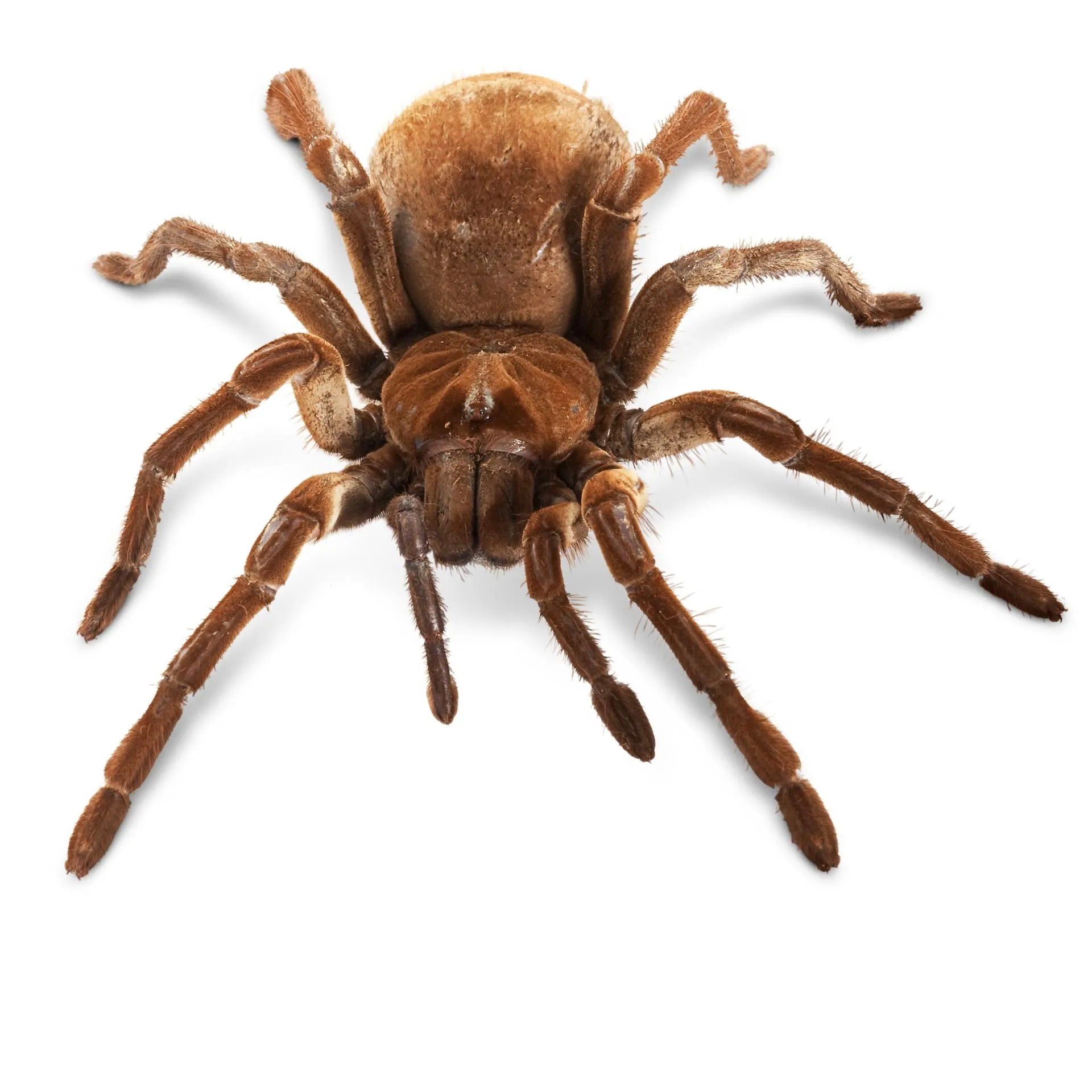
Several heating options are available to maintain the desired temperature in your Goliath Birdeater’s habitat. Heat lamps, heat mats, and ceramic heat emitters are common choices. Heat lamps provide ambient heat, while heat mats are placed under the enclosure to provide heat from below. Ceramic heat emitters provide a constant source of heat without producing light. When using any heating device, it’s crucial to monitor the temperature carefully to prevent overheating. Always use a thermostat to regulate the temperature and prevent it from exceeding the optimal range. Choose the heating system that best suits your enclosure setup and personal preferences, but prioritize safety and effectiveness. Consider the heat distribution and the tarantula’s preferences when making your selection.
Avoiding Overheating Dangers
Overheating can be extremely dangerous for Goliath Birdeaters. It can lead to dehydration, heat stress, and even death. To avoid overheating, always use a thermostat to regulate the temperature. Avoid placing the enclosure near direct sunlight, heat vents, or other heat sources. Ensure that there is adequate ventilation within the enclosure to dissipate heat. Regularly monitor the temperature with a reliable thermometer and adjust the heating setup as needed. If the temperature gets too high, turn off the heating device and move the enclosure to a cooler location. Knowing and preventing overheating are crucial for your Goliath Birdeater’s health and survival.
Furnishing the Goliath Birdeater Habitat
Furnishing the habitat provides enrichment and can help the tarantula feel safe and secure. Provide hiding places, such as cork bark, artificial plants, or half logs. These elements create a more natural environment and allow your tarantula to exhibit its natural behaviors. The furnishing should be sturdy and safe, avoiding any sharp edges or potentially toxic materials. The goal is to create an environment that stimulates and supports your tarantula’s physical and psychological well-being. The furnishings enhance the habitat’s aesthetic appeal and offer opportunities for exploration and enrichment, contributing to a healthier and more fulfilling life for your Goliath Birdeater.
Hiding Places and Enrichment
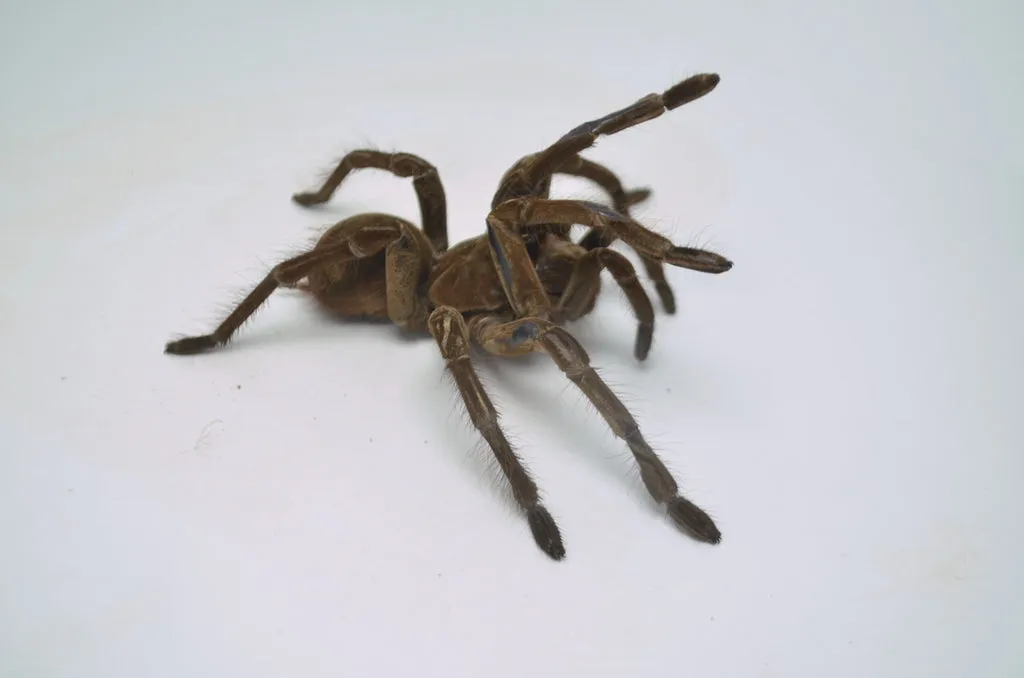
Goliath Birdeaters are naturally secretive creatures and benefit from having hiding places in their habitat. Cork bark, artificial plants, and half logs are excellent options. These provide a sense of security and allow the tarantula to retreat and feel safe. Arrange the hiding places to offer a variety of options, allowing your tarantula to choose its preferred spot. Besides hiding places, adding other enrichment items, such as artificial plants or branches, can stimulate the tarantula. Providing these enriching elements will help to reduce stress and promote natural behaviors. Creating a habitat with hiding places and enrichment elements is vital for your tarantula’s well-being, contributing to a more natural and stimulating environment.
Water Dish Placement and Size
A shallow water dish is essential for your Goliath Birdeater. The water dish should be placed in a location where the tarantula can easily access it. The size of the water dish should be appropriate for the size of the tarantula, but it must also be shallow enough to prevent the tarantula from drowning. Regularly check the water dish and refill it with fresh, dechlorinated water. The water dish should be cleaned regularly to prevent the growth of bacteria and algae. The water dish ensures your tarantula has a reliable source of hydration and contributes to its overall health and well-being. Ensure your tarantula always has access to fresh water.
Live Plants vs Artificial Decor
Both live plants and artificial decor can be used to furnish your Goliath Birdeater’s habitat. Live plants can help to maintain humidity and provide a more natural environment. However, they require more care and can be difficult to keep alive in the enclosure. Artificial decor offers a low-maintenance alternative. They are easy to clean and do not require watering or sunlight. When choosing artificial decor, make sure it is made of non-toxic materials and does not have any sharp edges. Consider the aesthetic appeal and the tarantula’s safety when deciding between live plants and artificial decor. The best choice depends on your preferences and your ability to provide the necessary care.
Feeding and Water
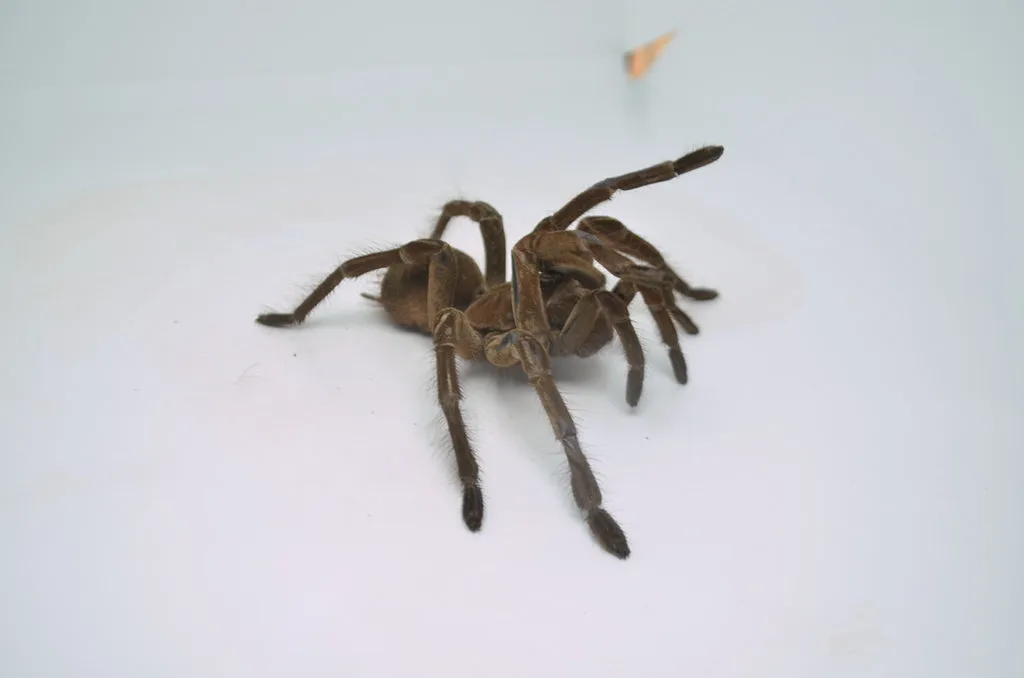
Providing proper food and water is fundamental for maintaining a healthy Goliath Birdeater. These tarantulas are voracious eaters, and their diet directly impacts their growth, health, and overall well-being. Offering a varied and nutritious diet, along with a constant supply of fresh water, is essential. Understanding their dietary requirements and ensuring their access to hydration are critical components of responsible tarantula care, ensuring your pet thrives in captivity. The approach should be balanced and based on the tarantula’s specific needs.
Proper Feeding Techniques
Goliath Birdeaters are opportunistic feeders. They will readily consume a variety of live insects. Crickets, cockroaches, mealworms, and even small vertebrates are all suitable food options. The size of the prey should be appropriate for the size of the tarantula. The general rule of thumb is to offer prey that is no larger than the tarantula’s body. Feed adult Goliath Birdeaters 1-2 times per week and juveniles more frequently. Remove any uneaten food within 24 hours to prevent mold growth and maintain a clean habitat. Ensure the food items are gut-loaded before feeding, meaning they are fed nutritious foods themselves, which will transfer to the tarantula. This ensures a well-rounded diet.
Watering Schedule
A constant supply of fresh, dechlorinated water is vital. Water should be available at all times in a shallow dish. Refill the water dish regularly, ideally every other day, and clean it weekly to prevent bacterial growth. In addition to the water dish, the substrate should be misted regularly to maintain the appropriate humidity levels, especially during molting. The watering schedule should be adjusted according to the humidity requirements of the species and the environmental conditions. Always use dechlorinated water to avoid harmful chemicals. Proper hydration is essential for the health and survival of your Goliath Birdeater, ensuring a comfortable and healthy living environment.
Habitat Maintenance and Cleaning
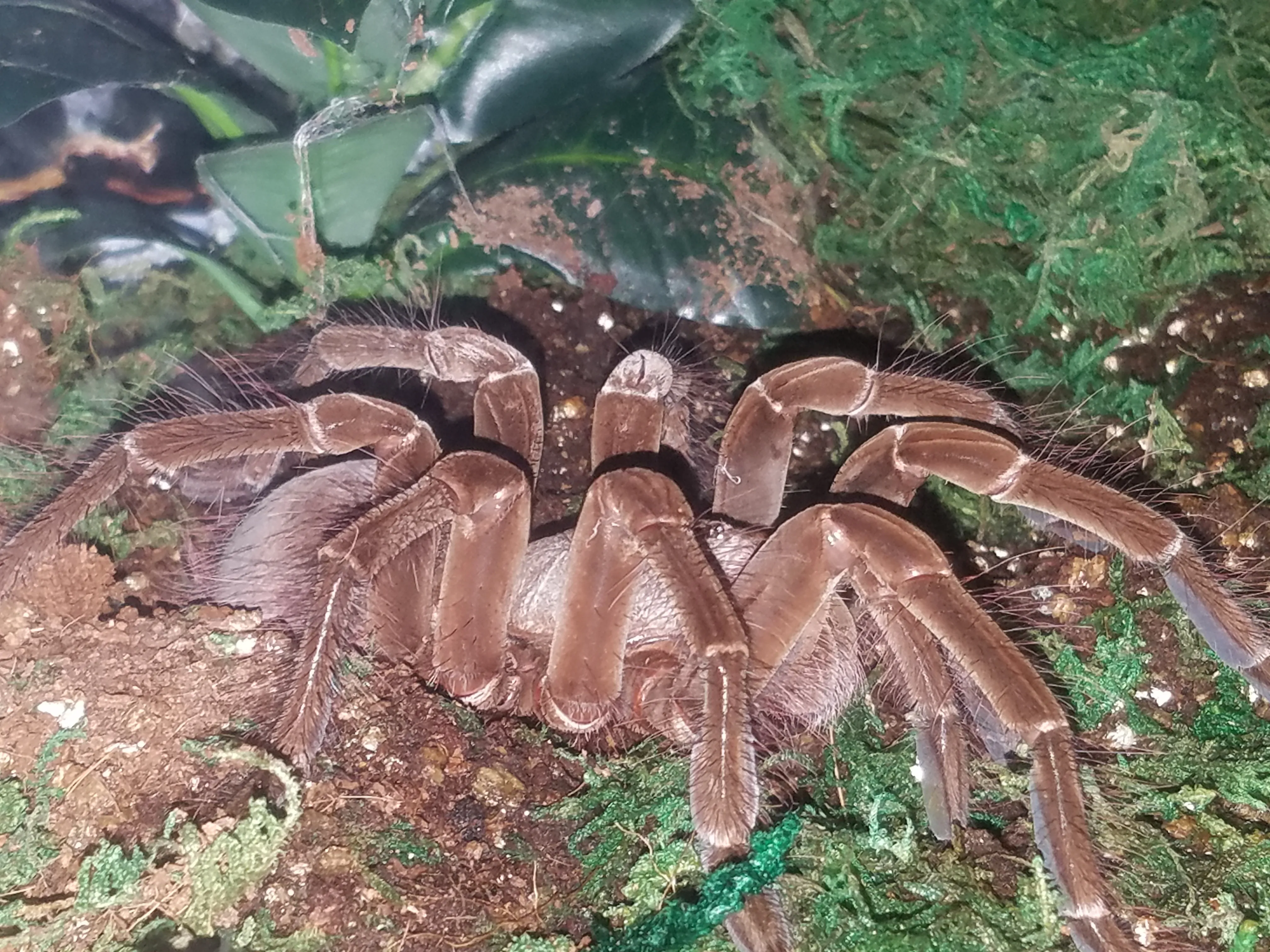
Regular maintenance and cleaning are essential for maintaining a healthy and hygienic environment for your Goliath Birdeater. These practices help to prevent the buildup of waste, reduce the risk of disease, and promote the overall well-being of your tarantula. A consistent cleaning schedule and a proactive approach to monitoring the habitat will significantly contribute to your Goliath Birdeater’s health and longevity. The maintenance routine should be followed to ensure that the habitat remains a safe and comfortable place for your pet.
Regular Cleaning Practices
Regular cleaning involves removing uneaten food, shed exoskeletons, and any other waste products from the enclosure. Spot clean the enclosure as needed, ideally every few days, removing any visible waste. A full clean-up should be performed every 1-3 months, depending on the size of the enclosure and the amount of waste generated. During a full clean-up, remove all the substrate, clean the enclosure with a mild soap and water solution, and replace the substrate. Rinse the enclosure thoroughly to remove any soap residue. These cleaning practices are fundamental for preventing the buildup of harmful bacteria and maintaining a healthy environment for your tarantula.
Spot Cleaning and Full Clean-ups
Spot cleaning is the daily or every-other-day removal of any visible waste, such as uneaten food and molted exoskeletons. This helps to maintain cleanliness and prevent the growth of mold and bacteria. Full clean-ups involve removing all substrate and cleaning the entire enclosure thoroughly. During a full clean-up, replace the substrate with fresh material. The frequency of full clean-ups will vary depending on the size of the enclosure and how quickly it becomes soiled. Following a consistent schedule will help in keeping the habitat clean and promoting the tarantula’s health. Cleanliness is a key factor in providing a healthy habitat.
Monitoring for Mold and Pests
Regularly inspect the enclosure for any signs of mold or pests. Mold can grow in humid environments and can be harmful to tarantulas. Pests, such as mites, can also infest the enclosure and cause health problems. If you notice mold, remove the affected substrate and clean the enclosure thoroughly. If you see any pests, identify them and take appropriate action to eliminate them. Maintaining a clean and well-ventilated enclosure helps to prevent mold and pest infestations. Early detection and prompt action are essential for protecting your Goliath Birdeater’s health. Continuous monitoring of the habitat is important to maintain a healthy environment for your pet.
Creating a paradise for your Goliath Birdeater tarantula involves careful consideration of various factors, from the enclosure size and substrate selection to the temperature, humidity, and furnishings. By following this comprehensive guide and paying close attention to your tarantula’s needs, you can ensure that your Goliath Birdeater thrives and lives a long, healthy, and fulfilling life. Responsible tarantula ownership requires dedication and a commitment to providing the best possible environment, and by understanding and meeting these needs, you can experience the unique rewards of keeping these magnificent creatures.
